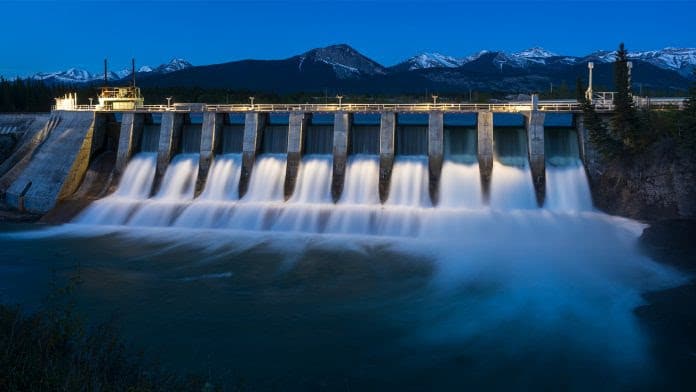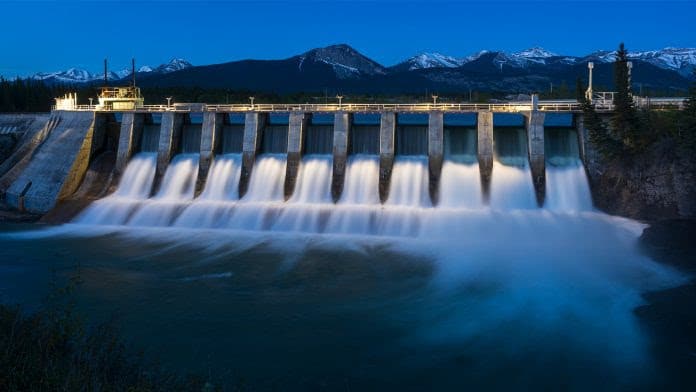
Energy production is a dangerous activity, the source of many injuries and fatal accidents. When we compare the use of different energy sources, it becomes clear that the most dangerous energy, nuclear power, is not the one that causes the most deaths.
In the past, in Western countries, coal mining in underground mines in particular, when safety and social protection policies were not developed, caused many deaths. With technological and social progress, the risks have diminished, but the risk has shifted to developing countries, where coal mining is a major cause of death.
A database maintained in Switzerland by the Paul Scherrer Institute lists the number of accidents involving the direct death of at least 5 people between 1960 and 2000 during the exploitation of an energy source. The 3 main energy sources to have caused the most deaths are :
Hydropower, with 11 accidents and 29,938 fatalities
Coal, with 1,221 accidents and 25,107 fatalities.
Oil, with 397 accidents and 20,218 fatalities.
The high fatality rate for hydropower is due in particular to a single accident, the bursting of the Bangiao dam in China in 1975, which killed around 26,000 people. By way of comparison, during the same period, the nuclear industry suffered 1 accident, Chornobyl, which caused the direct death of around thirty people, according to an official report.
The former French High Commissioner for Atomic Energy, Yves Berchet, asserts in a 2019 interview with the magazine Le Point that nuclear power kills 1,700 times less per kilowatt-hour produced than coal, 350 times less than oil and 4 times less than solar or wind power.
Two studies verify the ratios put forward by this specialist. The first study, published in 2007 in the Lancet, indicates that direct deaths and cancers induced by nuclear power could reach a maximum of 0.07 deaths per terawatt-hour produced, i.e. 350 times less than coal and 260 times less than oil. The second 2014 study published in Elsevier’s Sustainable Materials and Technologies includes the Fukushima disaster.

According to this study, nuclear power accounts for 0.04 deaths per terawatt-hour produced, i.e. 2,500 times less than coal, 900 times less than oil, 600 times less than biomass, 100 times less than gas, 35 times less than hydro, 11 times less than solar and 3.75 times less than wind.
Another study, published in 2021 in the journal Environmental Research and carried out by the universities of Harvard, Birmingham, Leicester and University College London, shows that the extraction of fossil fuels in 2018 caused the death of 8.5 million people, or one in five deaths on the planet, more than tobacco and malaria combined.
One of the special features of the study is its focus on fine particulate matter below 2.5 micrometers and its mapping, to understand its impact on the population about their living area. The study shows that fossil fuel combustion causes fewer deaths in Europe and the United States (around 15%) than in Southeast Asia (around 30%), with a particularly high proportion in China and India.
For Georges Thurston, an expert in air pollution and health at the Medical University of New York, it is clear that the main cause of the human cost of air pollution is the combustion of fossil fuels.

Coal production
Two researchers from NASA’s Goddard Institute for Space Studies, Pushker Kharecha and James Hansen, published in 2013 in Environmental Science and Technology, an analysis of the long-term impact of nuclear power on human health and the environment, in particular the climate.
In particular, this study quantifies and associates lower mortality with lower greenhouse gas emissions, and the authors take the opportunity to point out that without nuclear power, coal-fired power plants would have produced even more energy and emitted even more greenhouse gas pollution.
Taking into account the three major nuclear disasters of Three Mile Island in 1979, Chornobyl in 1986 and Fukushima in 2011, the use of nuclear energy maintains a positive balance compared to other energy sources. According to calculations, nuclear power prevented around 1.84 million deaths between 1971 and 2009, or an average of 76,000 a year.
These figures were obtained by taking into account the direct mortality linked to the exploitation of fossil fuels and deaths linked to atmospheric pollution and combining them with the figures that would be obtained if fossil fuels were used instead of nuclear power.

The two scientists then deducted the estimated 4,900 nuclear-related deaths between 1971 and 2009. While there were no direct deaths associated with Three Mile Island and Fukushima, the death toll associated with Chernobyl remains questionable, with three different reports assessing three different perimeters. In 2005, the official WHO report took radiation exposure into account and put the death toll at 4,000.
In 2008, the report by the United Nations Scientific Committee on the Effects of Atomic Radiation limited its assessment to the number of deaths certain to be associated with the consequences of radioactive emissions, estimating the death toll at 43. In 2011, the Union of
Conerned Scientists’ panel of experts took into account the number of deaths attributable to fatal cancers induced by the disaster, estimating the number of deaths at 25,000 and then re-evaluating it at 50,000.
On the climate scale, the use of nuclear power saved 64 gigatons of CO2 equivalent between 1971 and 2009, equivalent to almost two years of greenhouse gas emissions for the planet. For the period 2010-2050, the study extrapolates the future use of nuclear power from data provided by the International Atomic Energy Agency. The calculations take into account the impact of the Fukushima accident on the development of nuclear energy, and anticipate the replacement of nuclear power plants by coal- and natural gas-fired plants.
The scenarios reveal an additional death toll of between 420,000 and 7 million people, and additional emissions of between 84 and 240 gigatons of CO2 equivalents, with the high range representing the worst-case scenario, where only coal-fired power plants are used as replacements. Such a scenario would encourage the emission of a quantity of CO2 that would bring us even closer to the threshold of 450 parts per million of CO2 concentration in the atmosphere, the limit that must not be exceeded to avoid a global climate tipping point.





